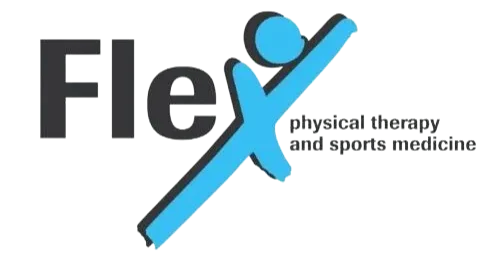
What is Tendinitis?
Tendinitis (also spelled tendonitis) is a condition that occurs when a tendon becomes inflamed or irritated. Tendons are strong, fibrous tissues that connect muscles to bones. When these tissues become overworked or injured, it can lead to pain, swelling, and limited movement near the affected joint.
Request an AppointmentHow Does it Happen?
Tendinitis typically results from repetitive motion or overuse of a tendon. It often occurs in athletes, individuals with physically demanding jobs, or even during everyday activities that involve repeated strain on a joint.
How to Tell if You Have Tendinitis
Tendinitis symptoms can vary but commonly include:
- Pain: Aching or tenderness around a joint, especially during or after movement.
- Swelling: The affected area may appear puffy or inflamed.
- Stiffness: Difficulty moving the joint, particularly after periods of rest.
- Weakness: Reduced strength in the area, making it harder to perform certain tasks.
What Causes Tendinitis?
Several factors can contribute to the development of tendinitis, including:
Overuse
Performing the same motion repeatedly—whether in sports, work, or daily routines—can lead to tendon inflammation.
Age
As we age, tendons become less elastic, making them more prone to injury and irritation.
Injury
A sudden impact, fall, or other trauma can directly damage a tendon, triggering inflammation.
Types of Tendinitis
Tendinitis can affect various tendons throughout the body. Common types include:
Rotator Cuff Tendinitis
Affects the tendons in the shoulder, causing pain and difficulty with overhead movement.
Tennis Elbow (Lateral Epicondylitis)
Occurs on the outer side of the elbow and is common in individuals who frequently use their forearm muscles.
Achilles Tendinitis
Affects the tendon connecting the calf muscles to the heel, often leading to pain during walking or running.
Golfer’s Elbow (Medial Epicondylitis)
Causes pain on the inner side of the elbow, especially when gripping or lifting.
How Can Tendinitis Be Treated?
Treatment for tendinitis will depend on the severity and location of the condition. Common approaches include:
Rest and Activity Modification
Taking a break from aggravating activities gives the tendon time to heal and reduces further strain.
Physical Therapy
A physical therapist can design a tailored exercise program to improve flexibility, strength, and function in the affected area.
Medications
Anti-inflammatory medications, whether over-the-counter or prescribed, can help manage pain and swelling.
Cold Therapy
Applying ice packs to the affected tendon can help minimize inflammation and provide temporary pain relief.
Braces or Supports
Wearing a brace or support device can stabilize the joint and protect the tendon from further injury during healing.
What to Expect During Recovery
Recovery time can vary, but here’s what you may experience during the process:
- Rest and Healing: Avoiding aggravating activities allows the tendon to repair itself.
- Physical Therapy Progress: Targeted exercises can gradually restore movement, strength, and function.
- Pain Relief: Medications may help control discomfort as your tendon heals.
- Lifestyle Adjustments: You may need to alter certain routines, postures, or activities to avoid re-injury.
Can Tendinitis Be Prevented?
While not all cases can be prevented, you can reduce your risk by:
- Warming Up: Always stretch and warm up before physical activity to prepare your muscles and tendons.
- Improving Strength and Flexibility: Incorporate regular strength training and flexibility exercises to support healthy movement.
- Allowing for Recovery: Avoid overtraining—give your body adequate time to rest between strenuous activities.
Looking for Tendinitis Treatment?
Tendinitis can significantly impact your comfort and daily function, but it’s highly treatable with the right approach. Whether caused by repetitive motion or an injury, early intervention is key to recovery.
If you’re experiencing symptoms of tendinitis, consult a healthcare provider for an accurate diagnosis and personalized treatment plan. With the help of rest, physical therapy, and other conservative treatments, many people make a full recovery and return to their normal activities pain-free.
